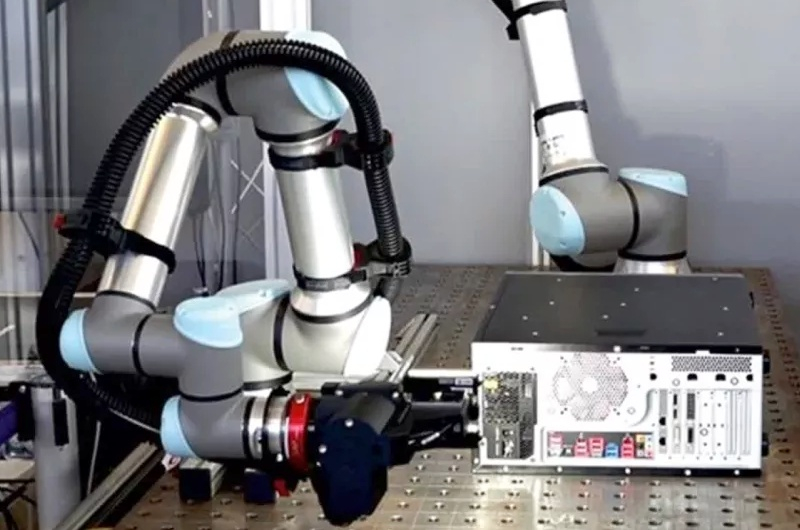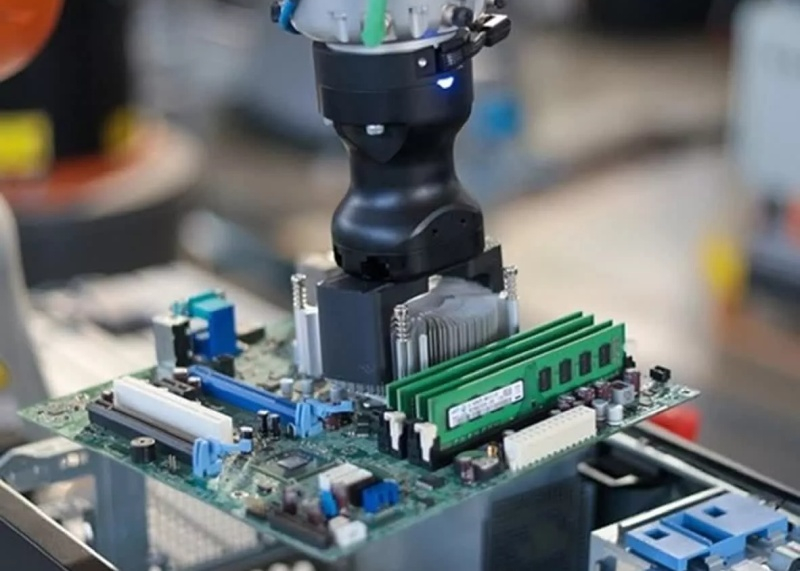Electronic devices are obsolete at a frightening speed, and the problem of their disposal is becoming more and more relevant. By 2030, world production of electronic waste will reach 82 million tons per year, and the current state of processing is very far from the ideal. To correct the situation, German researchers from the Institute of Fraunhofer have developed an automated system of intellectual disassembly of IDEAR electronics based on AI.

Image source: techspot.com
The problem of electronic waste is difficult to overestimate. Only the European Union produced about five million tons of electronic waste in 2022. The United States generates from 6.9 to 7.6 million tons of electronic waste annually, which is about 21 kg per person per year. According to forecasts, by 2030 the world production of electronic waste will increase to 74.7–82 million tons.
The current state of processing of electronic waste is far from the ideal. Production processes in the electronic industry put economic efficiency at the forefront, which leads to the release of devices that are poorly lending to processing at the end of their life cycle. Traditional methods often imply manual disassembly, which is expensive and ineffective. And many devices eventually simply grind, which limits the possibility of extracting valuable components.
To solve the problem of processing and disposal of electronics, researchers from the Fraunhofer Institute in Magdeburg, Germany, developed the IDEAR (Intelligent Disassmbly of Electronics for Remanuapacturn and Recycling – intelligent disassembly of electronics for recovery and processing). IDEAR radically increases the efficiency of electronic waste processing and potentially ensures the extraction of many types of valuable raw materials. Today, IDEAR is already successfully coping with the extraction of motherboards from the PC buildings.

The process of intellectual disassembly of IDEAR begins with the stage of identification and diagnosis. 3D cameras and optical sensory systems based on AI scan electronic waste, collecting information about the manufacturer, type of product and its serial number. Detection and scanning of labels and other inscriptions. At the same time, the condition of the components and connecting elements, such as screws and rivets, is evaluated. Real -time machine learning algorithms identify and classify the composition of the device. IDEAR can easily cope with the definition of a secret and rusted fastener.
The key innovation in the IDEAR project is the creation of a digital “Diagon Diagon” for each product, including information about its components and any previous operation with it. After a thorough analysis of the device, the system determines the sequence of disassembly using specialized software. The decision is made whether to make a full or partial disassembly, and the priority is given to the extraction of valuable components. Then the robot receives a generated sequence of instructions, including unscrewing the screws, opening the housings and extracting the components.
Although the IDEAR project is currently focused on the processing of a PC, researchers have ambitious plans for the future. They work on a universal system that can independently adapt to a wide range of electronic devices – from microwave furnaces to large household appliances – with minimal engineering efforts.